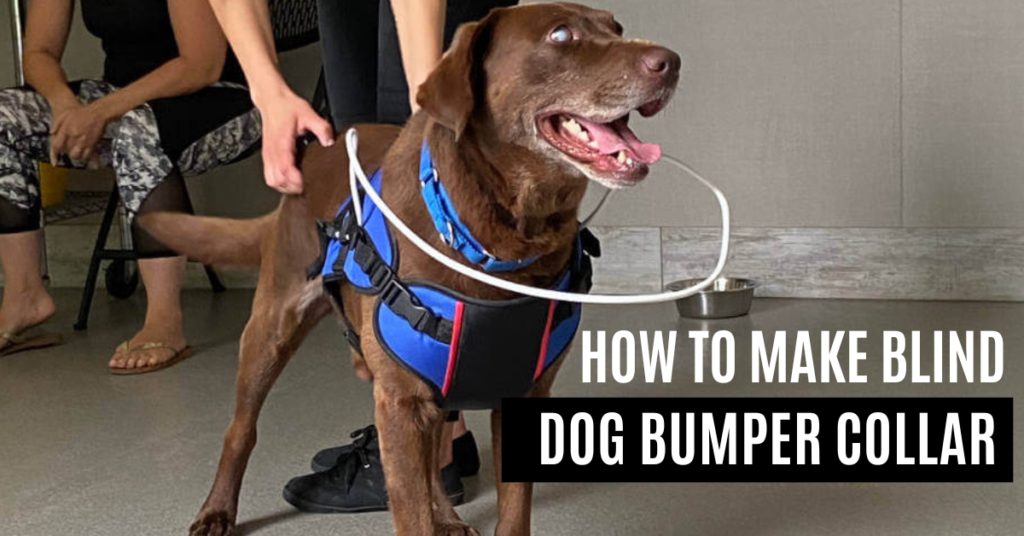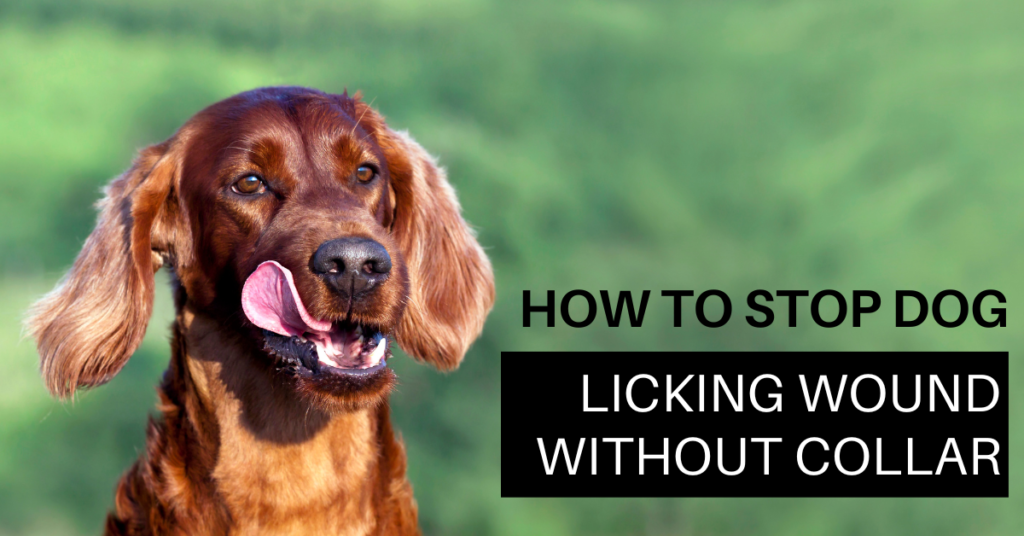Food aggression in dogs toward cats can be a concerning issue for pet owners. While it may seem like the perfect furry family, food aggression in dogs towards cats can quickly turn your household into a warzone.
Food aggression is stressful for you as an owner and puts your pets’ safety at risk.It is essential to address this behavior to ensure your dog’s and your cat’s safety and well-being.
It is important to implement several strategies to stop food aggression in dogs toward cats. Separate their feeding areas, gradually introduce them during mealtime, use positive reinforcement training, consider desensitization exercises, and seek professional help.
Fortunately, with careful observation and positive reinforcement training, we have compiled eight simple steps for how to stop food aggression in dogs towards cats. So let’s dive right in!
How To Stop Food Aggression In Dogs Towards Cats – In 8 Simple Steps
To stop food aggression in dogs towards cats, follow these 8 simple steps:
Step 1: Separate Meal Times
The first step in stopping food aggression in dogs towards cats is to separate their meal times. Give each pet their own space and time to eat without any distractions or interruptions. This will help prevent your dog from feeling the need to protect his food from your cat.
Step 2: Use Positive Reinforcement
When both pets are calm and relaxed, reward them with treats and praise for being near each other’s food bowls without any signs of aggression. By reinforcing good behavior, you can encourage positive interactions between your pets.
Step 3: Gradually Introduce Your Pets
Once they have learned that rewards come with coexisting peacefully, gradually introduce your pets during meal times by placing their bowls closer together over several days or weeks.
Step 4: Monitor Their Behavior
Be sure to monitor their behavior closely during these initial introductions. If there are any signs of aggression, immediately separate them again until they calm down.
Step 5: Establish Boundaries
Establish boundaries around where each pet eats by using baby gates or physical barriers if necessary. This will give each pet a designated area where they can feel safe while eating.
Step 6: Slow Down Meal Times
To further reduce the chance of aggressive behavior, slow down meal times by using puzzle feeders or interactive toys that require more effort and attention than simply gobbling up the food quickly.
Step 7: Seek Professional Help
If these steps aren’t working as well as you’d hoped, don’t hesitate to seek professional help from a veterinarian or animal behaviorist who can offer additional guidance on how best to address this issue.
Step 8: Be Patient & Consistent
Remember that addressing food aggression takes patience and consistency. It won’t happen overnight but with perseverance and determination; you’ll be able to see significant improvements over time!
By following these steps, you can work towards reducing food aggression and promoting a peaceful coexistence between your dog and cat.
How To Tell If a Dog Is Aggressive Towards Cats?
It’s a common misconception that all dogs are friendly towards cats. However, some dogs have an instinct to chase and hunt small animals like cats.
If you’re unsure whether your dog is aggressive towards cats, here are some signs to look out for.
- Firstly, observe how your dog reacts when they see a cat. Do they immediately start barking, growling or lunging towards the cat? This could be an indication of aggression and hunting behavior.
- Another sign to watch out for is if your dog constantly stares at the cat with fixed eyes and stiff body language.
- Dogs often use this posture as a warning signal before attacking their prey.
- Additionally, if your dog has previously shown aggression towards other small animals like squirrels or rabbits, there’s a high likelihood that they may also show aggression towards cats.
- It’s important to note that just because your dog has never been aggressive towards cats before doesn’t mean it won’t become aggressive in the future.
Always supervise interactions between pets and separate them during meal times to prevent any potential incidents from occurring.
Identify the signs of food aggression in dogs
It’s important to recognize the signs of food aggression in dogs towards cats. This behavior can be dangerous and lead to fights between pets.
Dogs who display food aggression may growl, snap or even attack other animals that come near their food bowl.
One sign of food aggression is if your dog becomes tense or stiff when eating or someone else approaches their bowl. They may also show excessive licking around the mouth, drooling, and gulping down their food quickly.
Another indicator is if your dog guards his food vigorously from others by standing over it with a defensive body posture or barking aggressively at anyone who comes close.
Furthermore, some dogs might exhibit resource guarding behavior not only with their bowls but also with any treat toys and bones they have been given.
If you notice these symptoms in your pet, taking action immediately before things get out of hand is essential.
Talk to a veterinarian about ways to manage this behavior and consider working with a professional trainer for long-term support to train them effectively without causing harm.
How Do I Stop My Dog from Chasing My Cat?
If your dog tends to chase your cat, you need to take action. Not only can this behavior cause tension and stress between your pets, but it can also lead to accidents and injuries.
- The first step in stopping your dog from chasing your cat is to supervise their interactions closely.
- If you see any signs of aggression or chasing behavior, separate them immediately.
- Next, provide each pet with space to feel safe and secure. This could be a separate room or even different areas of the house.
- Make sure that both pets have access to food, water, toys, and litter boxes without having to cross paths.
- Another effective way to stop your dog from chasing your cat is through obedience training.
- Teaching basic commands such as “sit” and “stay” will give you more control over their behavior around each other
- Additionally, consider using positive reinforcement techniques such as treats or praise when they exhibit calm behavior around each other.
- Remember that consistency is key when training dogs – keep up with regular training sessions until positive behaviors become habitual for them.
By following these steps consistently over time, you should start seeing results in reducing the amount of chasing behaviors exhibited by your dog towards cats.
Find the root cause of your dog’s food aggression
Understanding the root cause of your dog’s food aggression is crucial in helping you address the issue effectively.
- Food aggression in dogs can stem from genetics, past experiences, and inadequate training.
- Resource guarding is a common cause where dogs perceive their resources as valuable possessions to protect.
- Anxiety, including separation anxiety and fearfulness, can contribute to food aggression.
- Observing your dog’s body language during mealtime with cats can help identify triggers.
- Consulting with an animal behaviorist or trainer is beneficial for personalized guidance.
- Separate feeding spaces for pets are crucial to reduce conflicts.
- Identifying the root cause is essential for creating an effective intervention plan.
- Proper training techniques and positive reinforcement methods are recommended for addressing food aggression.
Remember that identifying the root cause will take some effort but understanding why your dog exhibits this behavior will help you create an effective solution through proper training techniques and positive reinforcement methods.
Use positive reinforcement to train your dog out of food aggression
Positive reinforcement is a highly effective method to train dogs out of food aggression towards cats. It involves rewarding calm behavior with treats or praise.
Punishment-based techniques should be avoided as they can worsen the problem. Consistency and patience are key for successful management over time.
Be consistent with your training
Consistency is key when it comes to training your dog out of food aggression towards cats. It’s important to establish and stick to a routine, as dogs thrive on predictability and structure.
Start by setting clear boundaries around mealtime, such as feeding your dog in a specific location away from the cat.
Use positive reinforcement techniques consistently whenever you feed your dog, rewarding good behavior with treats or praise.
It’s also important to be consistent with any other training methods you are using for food aggression.
This includes redirecting your dog’s attention away from the cat during meals and teaching them basic obedience commands like “stay” and “leave it.”
Remember that changing behavior takes time, so don’t get discouraged if progress seems slow initially. Consistently reinforcing positive behaviors will eventually lead to lasting change in your pet’s behavior.
Consistency extends beyond just mealtime training – make sure all family members know the rules around feeding and interacting with pets to maintain a cohesive environment for both cats and dogs.
Conclusion
Food aggression in dogs towards cats can be a serious issue that needs to be addressed as soon as possible. Identifying the root cause of this behavior and using positive reinforcement training techniques to change your dog’s behavior is important.
Remember that consistency is key when training your dog out of food aggression. You can help your furry friends coexist peacefully and happily with patience, dedication, and perseverance.
By following these eight simple steps outlined in this article, you can stop dog food aggression towards cats and create a harmonious household for all family members.
FAQs:
Why is my dog so aggressive towards cats?
Dogs can be aggressive towards cats for various reasons, including territorial instincts, fear or anxiety, past experiences, or lack of socialization. It is essential to identify the specific cause to address the aggression appropriately.
How do I train my dog to leave the cat alone?
To train your dog to leave the cat alone, use positive reinforcement techniques such as rewards and praise for desired behavior, create separate spaces for each pet, and gradually introduce supervised interactions while rewarding calm behavior. Consistency and patience are key in training your dog to respect boundaries with the cat.
What to do if my dog attacks my cat?
If your dog attacks your cat, separate them immediately and ensure their safety. Seek veterinary attention if necessary. Consult a professional trainer or behaviorist for guidance on reintroduction and preventing future incidents.
Will my dog hurt my cat?
The potential for your dog to hurt your cat depends on various factors such as their individual temperaments, past interactions, and current behavior. It’s important to closely monitor their interactions and take appropriate precautions to ensure their safety.
How do I know if my dog wants to hurt my cat?
Signs that your dog may want to hurt your cat include aggressive body language, intense fixation, and predatory behavior. Close observation is important, and intervention is necessary if concerning signs arise.



